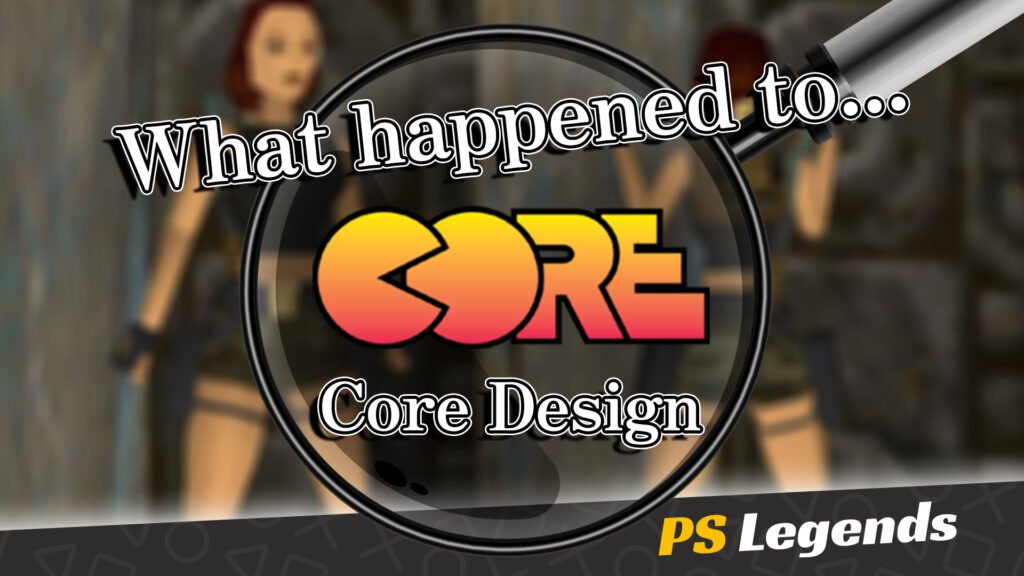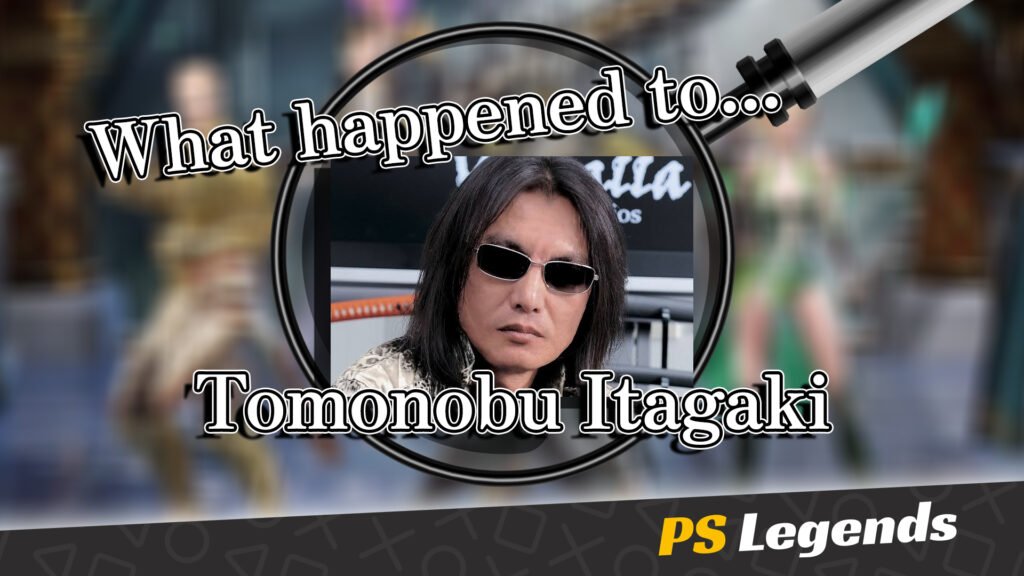
The Birth of a Legend
Core Design Limited, known as Rebellion (Derby) Ltd between 2006 and 2010, was a British video game developer based in Derby, UK. Founded in May 1988, it originally bore the name Megabrite until re-branding as Core Design in October of the same year. The company was acquired by umbrella distribution company CentreGold in December 1994, which in turn was acquired by Eidos Interactive in April 1996.
Core Design was founded by Chris Shrigley, Andy Green, Rob Toone, Terry Lloyd, Simon Phipps, Dave Pridmore, Jeremy Heath-Smith, Kevin Norburn and Greg Holmes. Most were former employees of Gremlin Graphics. Heath-Smith regarded the acquisition by CentreGold as a relief, commenting, “The funding of development is so expensive that I doubt we could have continued to fund ourselves as an independent company.” Eidos subsequently sold most of CentreGold, but retained U.S. Gold, the owners of Core Design.
Core Design, occasionally branded simply as ‘Core’, would quickly rise to fame on early home consoles such as the Amiga, where the team’s passion for quirky platform games, such as the Rick Dangerous and Chuck Rock series, would earn the developer the respect of many young early-90s gamers.

Dawn of the PlayStation, Rise of a Tomb Raider
The mid-90s brought with it a switch to more powerful consoles capable of 3D graphics, and for Core, it was the dawn of a new era. With feminist movements proudly flowing throughout the UK, Core would attempt to make its next iconic leading character female, exhibiting both physical fitness and beauty combined with inspirational intelligence.
Two characters would be born from this idea. Dark sci-fi shooter Blam! Machinehead would introduce scientist Dr Kimberly Stride, yet the game’s action-focused gameplay and first-person view would prevent the player from connecting with the character, resulting in some mixed reviews. Fortunately, another leading lady would receive a far greater reception.

The company is widely known for the Tomb Raider series. The first game was created by Toby Gard and Paul Douglas, released in 1996, and was followed by several sequels. The success of the first Tomb Raider has been credited with making Eidos Interactive a major force in the industry, and turned Eidos’ 1996 pretax loss of $2.6 million into an impressive $14.5 million profit, though Gard would leave Core shortly after, citing ‘creative restrictions’.
In September 1997, Sony Computer Entertainment’s U.S. arm, SCEA, discreetly signed an agreement with Eidos to make the sequel exclusive to the PlayStation console, much to the frustration of expectant Sega Saturn owners. The deal was extended to include Tomb Raider III. Fourth and fifth games in the franchise, Tomb Raider: The Last Revelation and Tomb Raider: Chronicles would follow, though exclusivity would not be extended at this time following the arrival of Sega’s Dreamcast console.

Lastly, a sixth mainline Tomb Raider game named Tomb Raider: The Angel of Darkness would release exclusively for the PlayStation 2. The game’s development began three years before its release. The intention was to create a different game from previous entries in the franchise, one that could compete with newer action games and fully exploit the potential of sixth generation gaming platforms.
It was also planned to be the first in a new trilogy of Tomb Raider games released for the new generation. However, development was fraught with difficulties which led to the game being delayed twice and numerous planned sections of the game were scaled back in order to meet deadlines.
Despite selling 2.5 million copies worldwide, Tomb Raider: The Angel of Darkness received generally negative reviews from critics due to poor controls, camera problems and numerous technical issues. In the aftermath of the game’s release, the planned trilogy of games was scrapped, and the development of the franchise was transferred to Crystal Dynamics instead.

A Last Revelation: Where are they now?
After the critical failure of Tomb Raider: The Angel of Darkness in 2003, parent company Eidos put Crystal Dynamics, another Eidos-owned studio, in charge of Tomb Raider franchise development. This prompted members of the Core Design management team, including Heath-Smith, and development staff to leave the company and establish a new company, Circle Studio, who would produce interactive DVD games for a time.
In a surprise twist, Toby Gard was re-hired by Eidos (then publisher and copyright holder of the Tomb Raider series) in 2004 to work with Crystal Dynamics on a reboot of the Tomb Raider franchise, beginning with Tomb Raider: Legend, which would then become the first chapter in a critically acclaimed trilogy.
While initially hired as a creative consultant, his work became “hands on” during the production and eventually included Lara’s visual redesign, overseeing character design and creation, co-writing the story, designing and implementing parts of the character movement system, and directing the cinematics. After completion of the rebooted Tomb Raider trilogy (Tomb Raider: Legend, Tomb Raider: Anniversary and Tomb Raider: Underworld) Gard moved on in the 2010s to support and setup new studios.

In May 2006, the Core Design personnel and assets were acquired by Rebellion Developments, and the company became Rebellion Derby, which was then shut down in March 2010, while the Core brand and intellectual property, including Tomb Raider, remained in Eidos’ possession.
In June 2006, Crystal Dynamics was confirmed to have a PSP anniversary edition of the original Tomb Raider in development. Remnants of the Core Design team (under the banner of Rebellion) went on to work on several titles in years since, including Shellshock 2: Blood Trails and Rogue Warrior.

Starting in January 2010, due to an expiring lease on Rebellion Derby’s offices, Rebellion Developments started seeking restructuring opportunities for the studio. As no other possibility other than closure was found, Rebellion Derby was closed down, effective from 17th March 2010.
In July 2010, shortly after the closure of the studio, a nearby road in Derby was named ‘Lara Croft Way’, in honour of the studio’s contribution to the creative industries and the Derby community.

